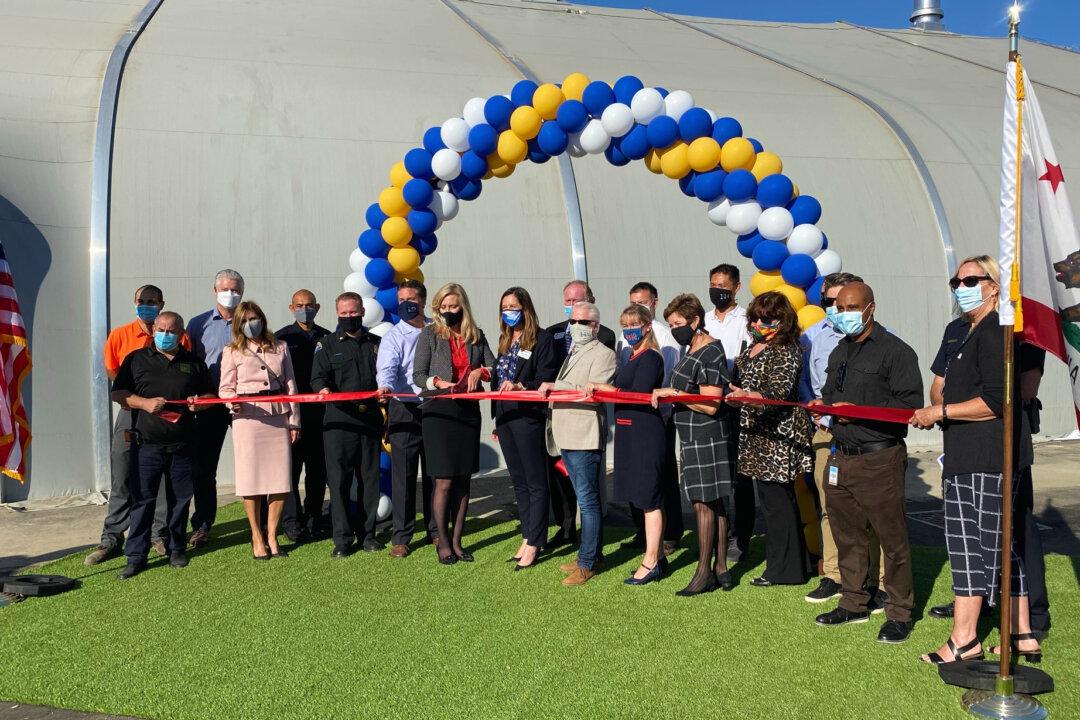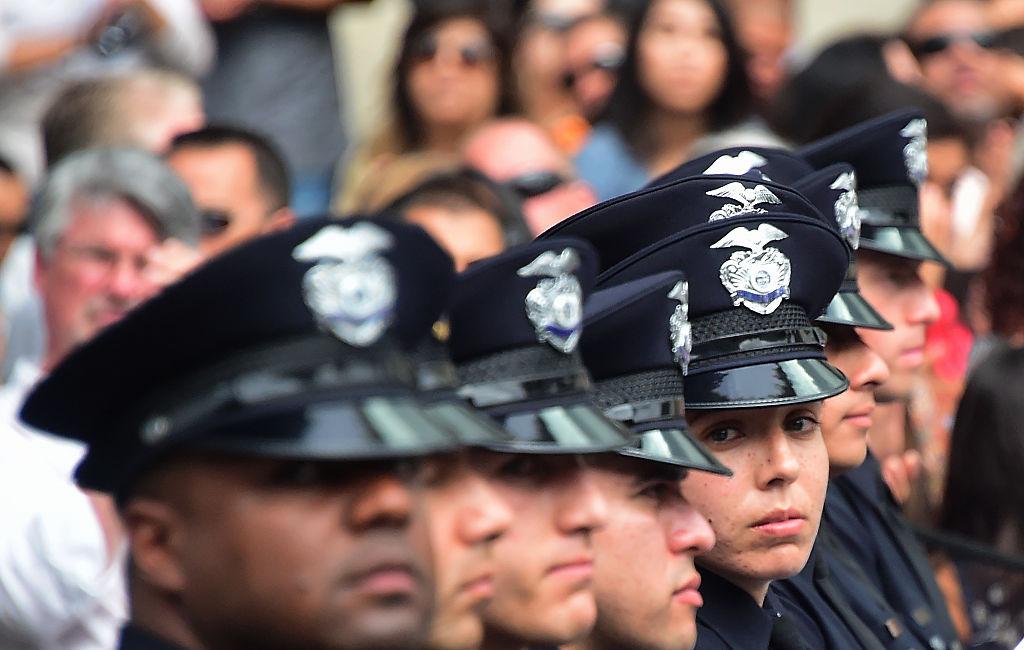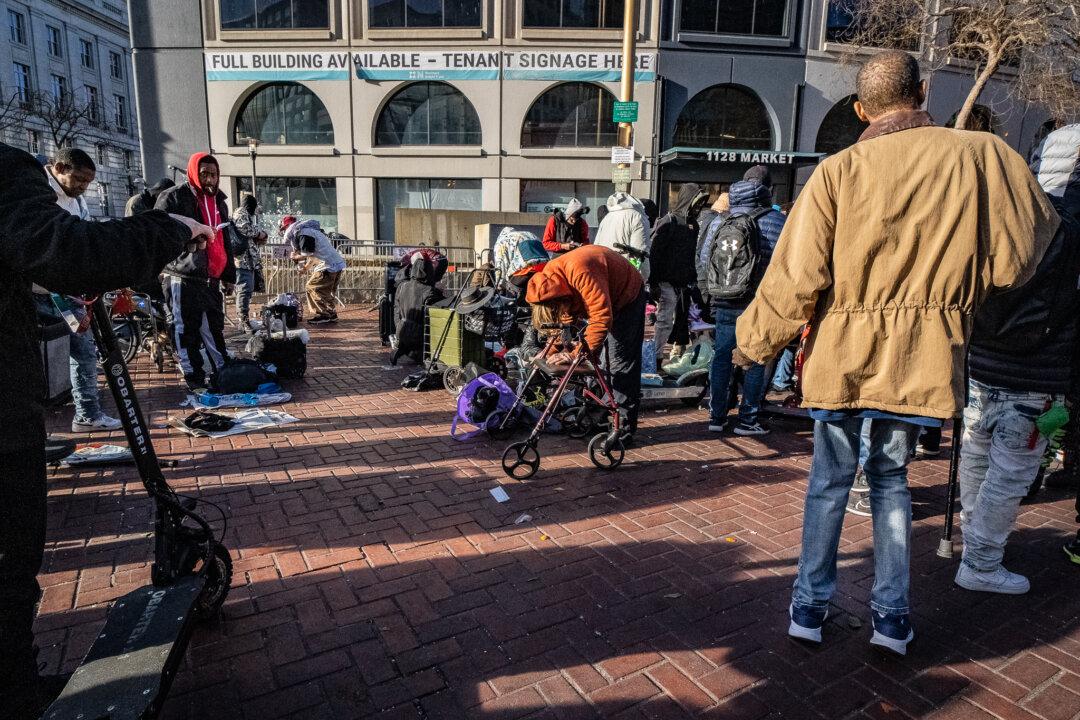Huntington Beach is expanding its strategy to help the homeless by creating new partnerships with local nonprofits and the police department’s Homeless Task Force.
“It’s a true partnership with everybody in the community. Everybody’s got a stake in the game,” Lt. David Dereszynski, executive officer of the Homeless Task Force, told The Epoch Times.





